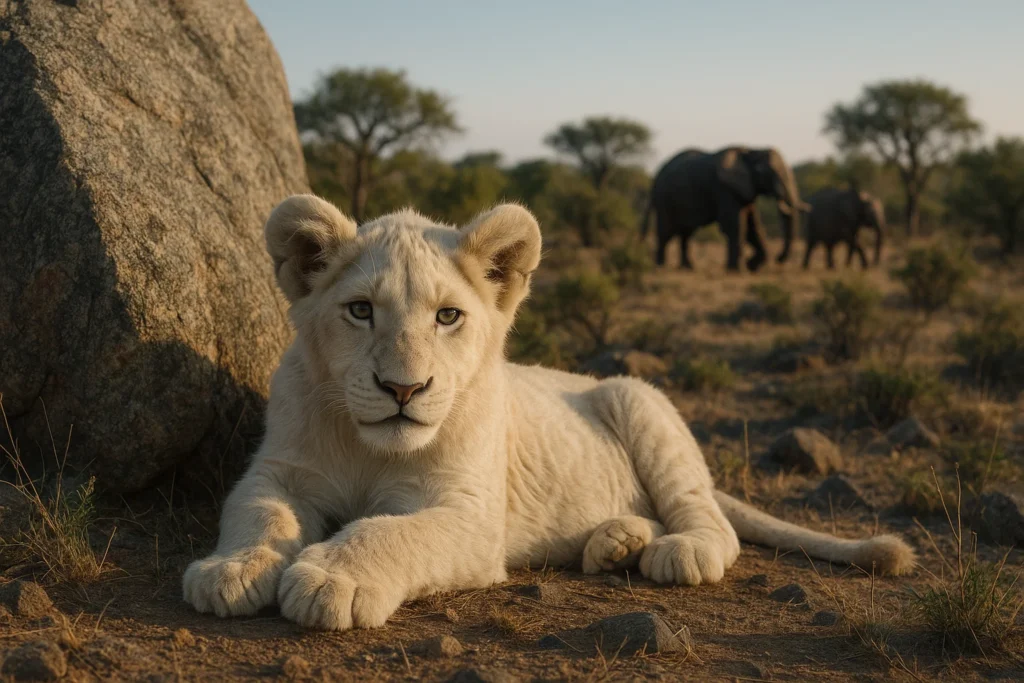Lake Manyara National Park is one of Tanzania’s most underrated safari gems. Though smaller than neighboring reserves like the Serengeti or Ngorongoro, it offers rich biodiversity and stunning scenery. But what truly makes it special is its unique mix of ecosystems—lake, forest, and savannah—which attract an impressive variety of animals.
Why Lake Manyara is a top wildlife destination
The park may be compact in size, but it punches far above its weight when it comes to biodiversity. From famous tree-climbing lions to massive flocks of flamingos, the range of wildlife here surprises many first-time visitors.
A mix of habitats, a mix of species
Lake Manyara’s distinct geography includes groundwater forests, acacia woodlands, marshes, and the alkaline lake itself. This mosaic of ecosystems supports over 400 bird species and an abundance of mammals, both large and small.
Iconic mammals you can spot in Lake Manyara
Tree-climbing lions
One of the park’s most famous sights, these lions defy typical behavior by spending time in the branches of acacia trees. This rare behavior is seen in only a few places across Africa.
African elephants
Herds of elephants roam freely through the park’s forests and open areas. Thanks to conservation efforts, Manyara is home to a healthy population of these gentle giants.
Hippos
The hippo pool near the lake shore is one of the best places in Tanzania to safely observe these powerful animals in their natural aquatic habitat.
Baboons and other primates
Lake Manyara boasts one of the highest densities of baboons in Africa. Troops of olive baboons are frequently seen along the roadways, often in large groups. Blue monkeys and vervet monkeys also thrive in the forested areas.
Other mammals
- Buffalos
- Giraffes
- Wildebeests
- Zebras
- Warthogs
- Leopards (elusive, but present)
Birdlife: A paradise for birdwatchers
With more than 400 species recorded, Lake Manyara is a dream for bird lovers. The shallow lake attracts thousands of migratory birds and resident species.
Highlights include:
- Flamingos – seen in large flocks during the wet season
- Pelicans, storks, egrets, and herons in the marshlands
- Raptors like African fish eagles and augur buzzards
- Colorful species like lilac-breasted rollers and superb starlings
Whether you’re a serious birder or a casual wildlife enthusiast, the diversity and abundance of birds is one of the park’s main draws.
When is the best time to see wildlife in Lake Manyara?
Dry season (June to October)
Best for general wildlife viewing, as animals gather around water sources and vegetation is less dense.
Wet season (November to May)
Ideal for birdwatching and lush, green landscapes. Flamingos and other waterbirds are more numerous during this time.
Tip: Manyara is a great year-round destination, but your experience may vary depending on what you want to see.
Final thoughts: A compact park with big rewards
If you’re looking for a safari destination that’s easy to explore, packed with wildlife, and offers something a little different—Lake Manyara National Park deserves a spot on your itinerary. Whether you’re after elephants in the forest, lions in the trees, or flamingos at the lake’s edge, this park delivers an unforgettable wildlife experience.






